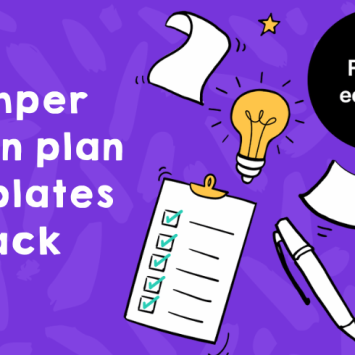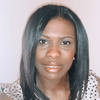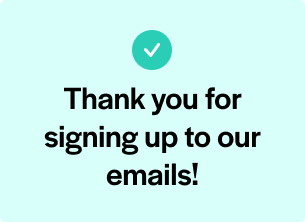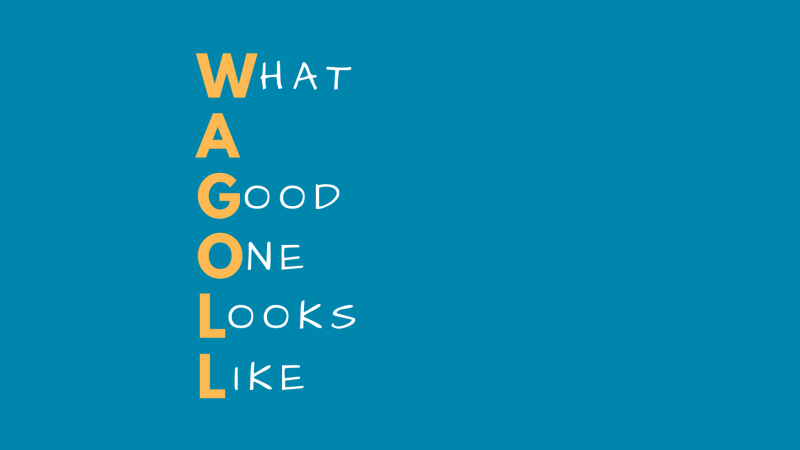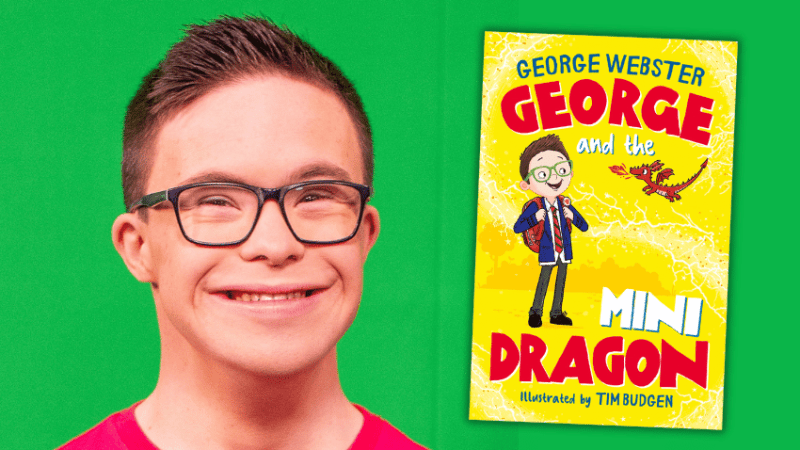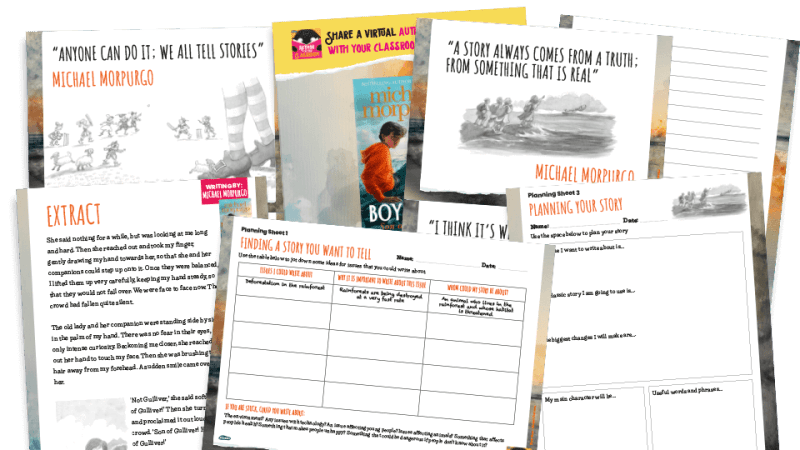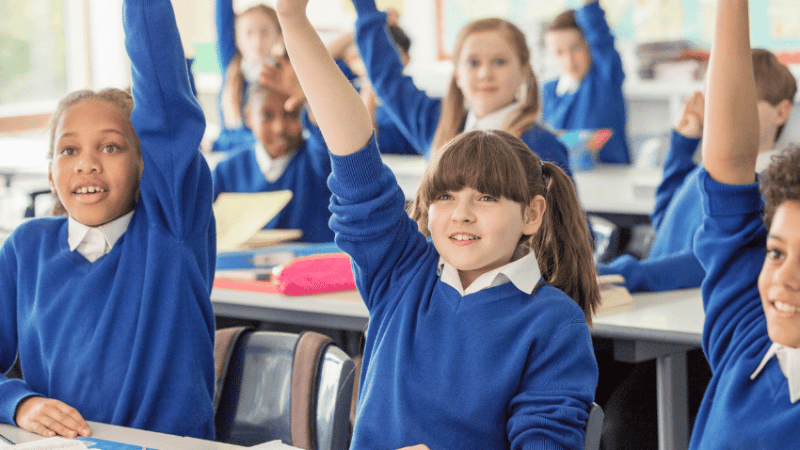Disciplinary literacy – How senior leaders can implement it

Shareen Wilkinson outlines how senior leaders can implement reading, writing and communicating across the curriculum…
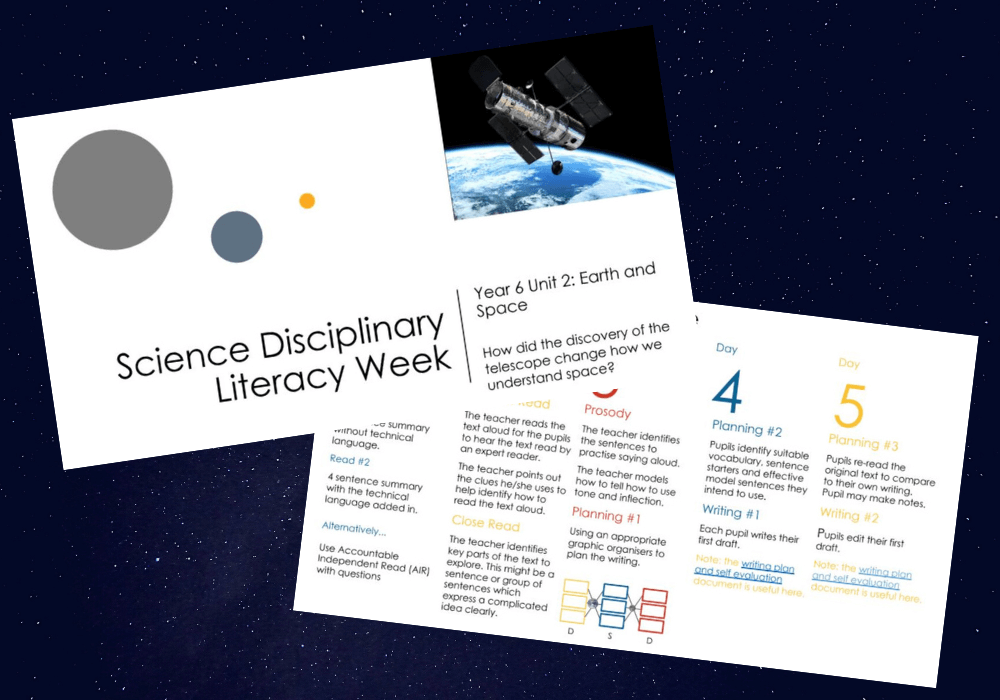
What is disciplinary literacy?
Disciplinary literacy, as defined by Professor Timothy Shanahan, is the specialised way we use reading, writing and oral language within specific academic disciplines like science, history, geography or mathematics.
It’s more than just general literacy skills; it’s about understanding how each subject uses language to create, communicate, and evaluate knowledge.
This subject-specific focus supports pupils with their critical thinking skills, prepares them for future learning, especially for secondary school, and enables them to build rich vocabulary.
Adapted from the current national curriculum, see below for the subject-specific skills that pupils need in order to read and write to a sufficient standard within history, geography and science.
Children will also need to know facts such as key dates, times, Tier 3 vocabulary, and statistics to develop their knowledge and show this in their writing.
Finding meaning
There are generalised ways of reading across the curriculum, which are well-established as reading comprehension strategies:
- making predictions
- visualising
- asking questions
- making connections
- clarifying
- summarising
These techniques encompass what readers might do before, in the moment of, or after reading. It’s important that we model and articulate these thought processes at relevant points in the teaching sequence.
These strategies should not be confused with reading comprehension questions (e.g. How do you think the character feels?).
Reading across subject disciplines
The comprehension strategies above can take different forms depending on the subject you’re teaching. Here’s what they look like for different subjects…
History
- When making predictions, think about why a person is significant within the period you’re studying.
- Think about the period you’re studying and try to visualise it. What can you see and hear?
- How is the period you’re studying different from the present? How is it similar? What has continued or changed over time?
- Question both events and sources. What does a particular source tell historians, and how have they interpreted it?
- Think about connections between events and draw contrasts.
- Are there any historical words that need to be clarified? Do you know who wrote or created each of the sources you’ve used?
- Finally, summarise the key events and think about trends over time.
Reading and writing like an historian
- Use historical vocabulary
- Understand and convey the concept of continuity and change
- Make connections
- Draw contrasts and analyse trends
- Give structured accounts of events
- Analyse events
- Explore contrasting arguments and interpretations
Geography
- As you work through a text or topic, refer back to previous geography lessons to predict what might happen next.
- Interrogate maps, diagrams, globes and aerial photographs as appropriate to understand each geographical concepts you encounter in a text.
- Ask questions at appropriate points: Why is this place like this? How is this place changing? How are other places affected?
- Can you make connections with other subjects, such as science or maths? How does this help your understanding of the topic?
- Review the geographical vocabulary used. Does anything need to be discussed further or clarified?
- Now summarise three things you have learnt.
Reading and writing like a geographer
- Use geographical vocabulary
- Collect, analyse and communicate a range of data fieldwork
- Interpret sources of geographical information
- Use maps, diagrams, globes and aerial photographs
- Communicate geographical information through writing at length
Science
- In experiments, make a hypothesis about what is going to happen. Think about the subject matter and refer to prior knowledge to make predictions.
- Use diagrams and pictures to understand the key processes involved in your experiment and the topic it is part of.
- Discuss the key concepts and why they are happening: What helps the plant to grow? How did you…? Why does this…? What makes me think that…? What do you mean by that…?
- Connect your reading with prior learning from previous science topics or other curriculum areas.
- Think about the key vocabulary, discuss the meaning of any new terms and check understanding of those you have encountered before.
- Summarise five key scientific aspects that have been covered in the explanation text.
Reading and writing like a scientist
- Use scientific vocabulary
- Make predictions, analyses and conclusions
- Identify and classify data
- Make observations
- Record data
- Understand and use tables and diagrams
How to implement disciplinary literacy
Once we know the differences in reading between the subjects, how can we implement disciplinary literacy successfully?
The Education Endowment Foundation’s (2024) A Schools Guide to Implementation provides some excellent advice that can be applied to this issue.
Why disciplinary literacy matters
First, it’s important to understand the ‘Why’. Disciplinary literacy isn’t about adding another burden, it’s about empowering pupils to engage more deeply with subject content.
Explain this clearly to staff and highlight how it can improve comprehension, critical thinking, and communication skills within each subject.
Don’t try to tackle every subject at once. Start with a few key areas where disciplinary literacy can have the biggest impact.
Perhaps begin with writing like a historian or scientist, before moving on to reading. Consider your school’s priorities and staff expertise, and think about your well-established subjects.
Review your existing curriculum to identify opportunities for disciplinary literacy development. Pinpoint key concepts and vocabulary specific to each subject. This will help you see where you can naturally integrate disciplinary literacy practices.
This isn’t just a question of defining disciplinary literacy. It’s helping teachers understand what reading, writing, and communicating look like within their specific subject. Use credible sources – subject association memberships can be invaluable here.
Trending
Disciplinary literacy audit
Conduct a staff audit of current knowledge and understanding of disciplinary literacy. Identify existing resources and any gaps that need to be addressed.
The EEF recommendations go on to explain best practice for delivery and implementation. Start with strong foundational knowledge (decoding, handwriting, spelling, etc), before diving into subject-specific strategies.
These foundational skills are crucial for accessing and understanding disciplinary texts. For younger pupils, ensure they are exposed to disciplinary texts (or non-fiction) so they can begin to build their background knowledge from early on.
Adapt your approach to the age and stage of your pupils. Younger learners can be introduced to disciplinary thinking through play-based activities and meaningful interactions, exploring different text types (e.g. recipes, instructions), and asking disciplinary literacy questions.
Model disciplinary literacy
Model how experts in each field read, write, and think. For example, when teaching history, show pupils how historians analyse or corroborate sources. Think aloud, demonstrating your own thought processes.
Focus on developing pupils’ understanding of subject-specific vocabulary. Provide multiple exposures to these words in different contexts, and explore synonyms, antonyms, and word origins.
Choose authentic texts that are used by experts in each field. This might include sources in history, scientific reports, or literary excerpts.
Provide scaffolding to support pupils as they engage with challenging texts. This could include graphic organisers, sentence starters, or key vocabulary.
Make sure you teach specific reading and writing strategies relevant to each discipline. For example, teach pupils how to analyse sources in history or how to interpret data in science.
Keeping disciplinary literacy going
The EEF recommendations also provide comprehensive advice on how to sustain your disciplinary literacy practice.
Provide ongoing support and professional development for teachers. Create opportunities for teachers to share best practices and learn from each other.
Regularly monitor the impact of your disciplinary literacy initiatives. Collect data on pupil progress and use this information to refine your approach.
Encourage collaboration between teachers across different subjects. This will help to ensure a consistent approach to disciplinary literacy.
Finally, celebrate the successes of your pupils and teachers. This will help to motivate and sustain your efforts.
Shareen Wilkinson is an education adviser and executive director of education for a multi-academy trust. Her book, Disciplinary Literacy in Primary Schools, explores reading, writing and speaking across the curriculum. For further advice on implementing disciplinary literacy, visit educationendowmentfoundation.org.uk



